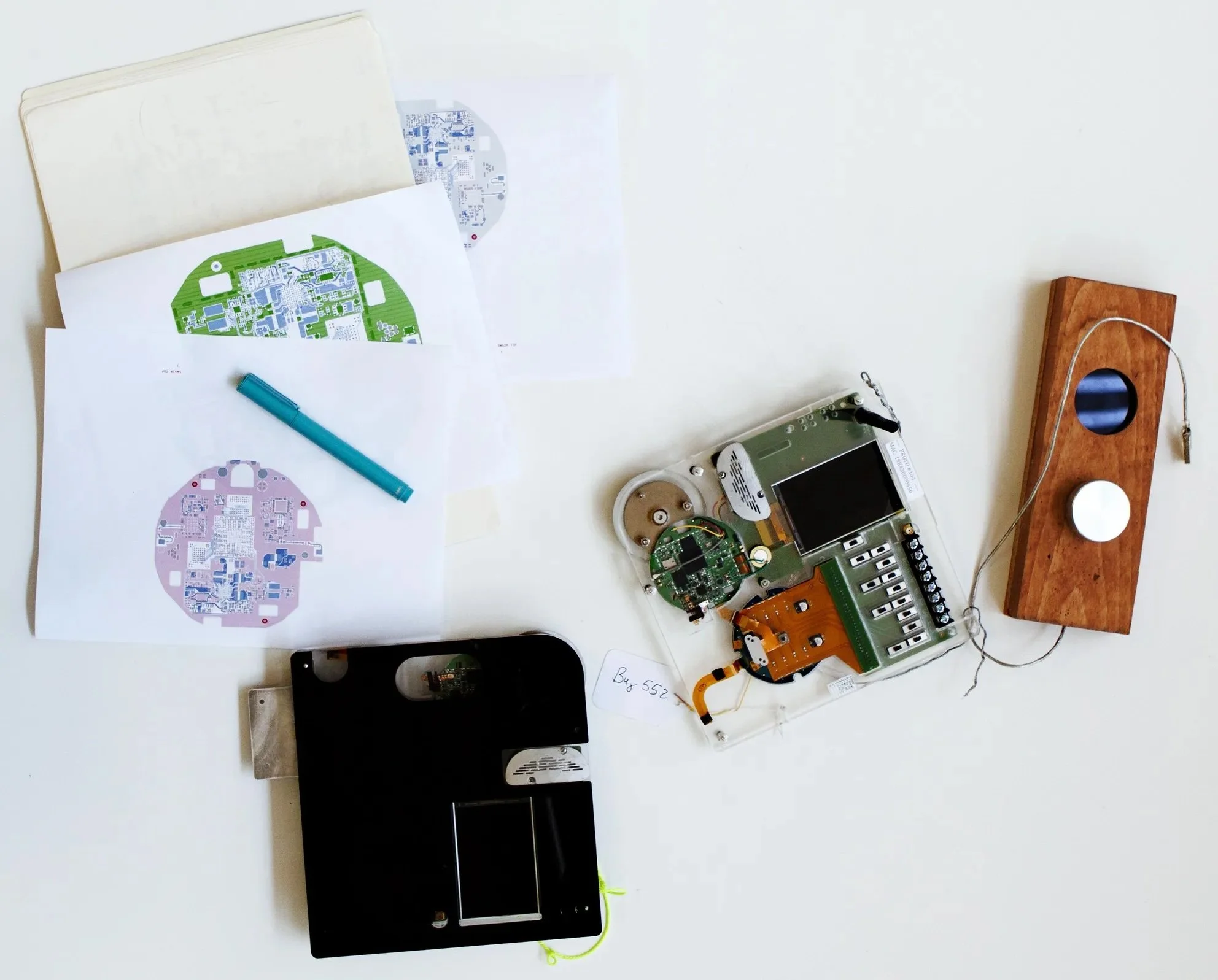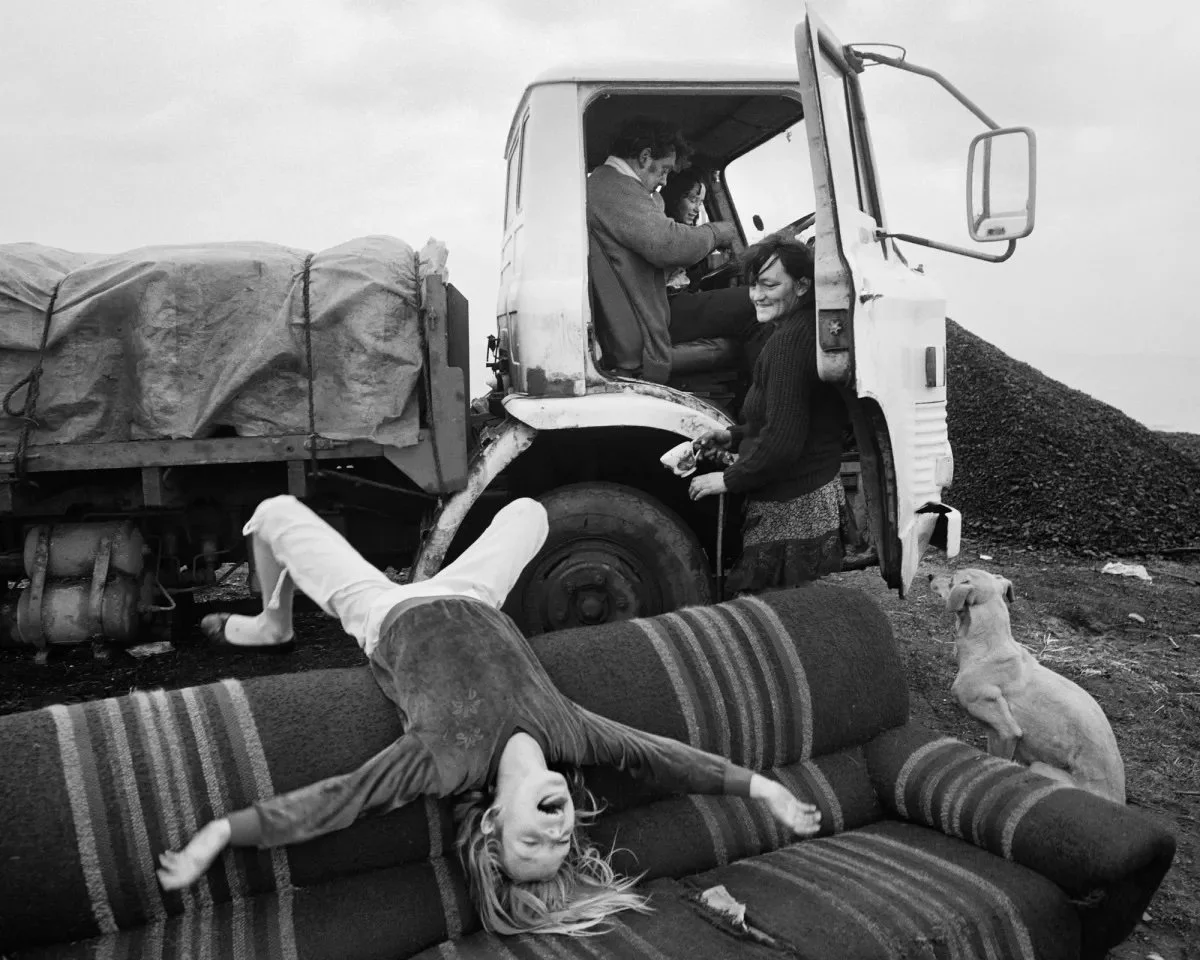#9 :: The art of observation
Or, how Walt Disney created the future
Collected this week:
The art of observation: Tony Fadell, Kevin Plank, Walt Disney … tuning in to the right problems
Tools and tips: Becoming an expert problem spotter
What’s interested us this week: Mapping graveyards, AI law bots, cars as mobile entertainment (hint: not party limos)
We spent the first fortnight of the year digesting 2023 trend reports, predictions and forecasts, and it seems that … more unpredictability and instability awaits. But instability = disruption, surprise, unplanned opportunities. The Times Enterprise Network suggests: “The onus is on businesses to provide great value to customers. For 2023, we need to listen to what people are going through and try to help as best we can”.
Listening, observing, noticing what’s going on is an art form. Want to start? Here are our thoughts.
01: The art of observation
Last weekend, I noticed a man in the cafe at Tate Britain furiously sketching a couple sitting at the table just across. He glanced up and down, quickly and discreetly, from his pad, picking out details, insignificant but significant. Steel-rimmed glasses perched on head, hands clasped around paper cup, artful knotting of thick wool scarf. After ten minutes of fast lines, he had a strong record of details that the eye skims over, but that mind doesn’t really process.
Art and culture is full of observers: Illustrator David Gentleman has built an exceptional life-long body of work documenting the changing details of everyday life in cities. Photographer Niall McDiarmid works in urban places, picking out quirky characters and details that suggest the old-fashioned in a modern world. Artist Grayson Perry meticulously researches and records the details of contemporary society for his ceramics and tapestries. Comedian Billy Connolly’s sketches are drawn from wry observations of his hometown, Glasgow.
An acute awareness of the banal issues of everyday life has given rise to remarkable - the best? - things. Ideas, designs, concepts, companies, products, movements that are born and grow from a modest start. From an inkling.
Here are stories of some innovative sorts whose journeys to innovation started by identifying an irksome problem. Creating extraordinary from ordinary.
Prototyping the Nest, 2010 - the circuit board sketches on the left begin to suggest the product’s final shapeNest: Tony Fadell was exasperated that he could not turn on the heating in his ski cabin before arriving there every Friday evening. And because it took half a day for the place to heat up, he and his family would keep their coats on overnight, watching their breath in the air as they lay frozen in bed. His attempts to hack a solution linked to a landline phone failed. After travelling the world, and finding that the thermostat in every country he visited was temperamental, inoperable, ugly, inefficient - and expensive - he set about solving the problem for everyone. He founded Nest Labs. It was later acquired by Google for $3.2bn …
Under Armour: Kevin Plank was a running back for the Maryland Terrapins. During every game, he was uncomfortable, soaked in sweat that the official heavy cotton football shirts wouldn’t absorb. He searched in vain for a garment that would keep him dry. So he started to experiment with factories to develop a sweat wicking fabric for a shirt thin enough to be worn under the official gear. When his teammates saw his new undershirt, they all wanted one too. Plank started manufacturing the shirts, and selling them to other teams. Under Armour is now worth $1.8 bn …
Disneyland: Walt Disney had a long-held ambition to create an amusement park, but exactly what shape it would take was unclear. He studied how people moved through museums and entertainment spaces, making observations about behaviour and interactions. But it was when he had his own children, and he spent Saturday afternoons alone on a bench in the park watching them at play, that the idea took shape. His would be a place where parents and children could have fun together. The Disney parks now operate in six worldwide locations, and turn over more than $28bn per year …
Humble beginnings; tiny acorns …
The original plans for Disneyland in 1953 (left); Disney with sketches for the “happiest place on earth” in 1954Problem finding before problem solving
We’re solving problems all the time, but don’t necessarily spot when there’s a broader appeal or application. Sometimes this inspiration comes through one’s own eyes; sometimes it’s recognising the experience of others. While problem-solving is all about utility and purpose, actually realising where there’s a problem to solve is the really hard part.
Some might call this ethnography. To do it successfully, it takes discipline – an awareness, focus, mindset – to always be alert to opportunities.
02: Tools and tips: Expert problem spotting
Innovation requires focus. Being attuned and aware enough to identify the right problems to solve. Tuning out the noise, alerts, notifications, context-switches. It’s possible to train the mind to become more attuned to what’s going on round about. Here are some tips for observing, being aware, and looking intensely:
Be unguided, and trust your judgement: Last time, we spoke about why intuition was integral to Steve Jobs’ success. But knowing from where to draw inspiration can be hard: There are lots of situations unfolding before our eyes. We don’t know the future, there are no definite answers … It’s all yet to be created, and that’s the point. Keep an open mind, tuning in to what intrigues you, draws you in. Trust your intuition about what’s important.
More extrospection, less introspection: Ideas and learnings come from being in the field, away from a screen. Go out and observe your audience, wherever you might find them. Spend an afternoon simply observing. You can do this up-close with a specific group, or from afar for general ideation. At the end of the day, reflect and record 25 things about your observations. This gives you a resource to work from later.
Practise ‘slow looking’: To really get to know anything - an artwork, a place, a situation, an audience - you have to spend time with it. Yet we don’t spend long enough looking. Research conducted at the Metropolitan Museum of Art in New York found that visitors spent a median time of just 17 seconds on individual masterpieces. Try spending 10 minutes looking at a single object or image, observing the details and deciphering its story.
Take a moment to really look at this photograph by Chris Killip - notice the details, and what they suggest about the characters, the story, the place, the era03: What’s interested us this week:
Doing for graveyards what Google did for the maps of the world: Tim Viney and Atlantic Geomatics are using Lidar to map the UK’s burial sites (via Wired)
Nike’s brand new Netflix collaboration that streams fitness classes is already failing customers with an unfit user experience (via Time)
Sony + Honda have collaborated to create the Afeela electric car: It’s a self-driving “moving entertainment space” deploying AR, VR and AI (via the Verge)
The world in 2023: A Financial Times dump of business and socio-economic predictions for the year ahead (via Financial Times)
An AI law bot, created by DoNotPay, will help defend a case in front of the US Supreme Court next month, potentially opening up accessibility to, and new efficiencies for, traditional services (via Gizmodo)
“All art is autobiographical. The pearl is the oyster’s autobiography”




